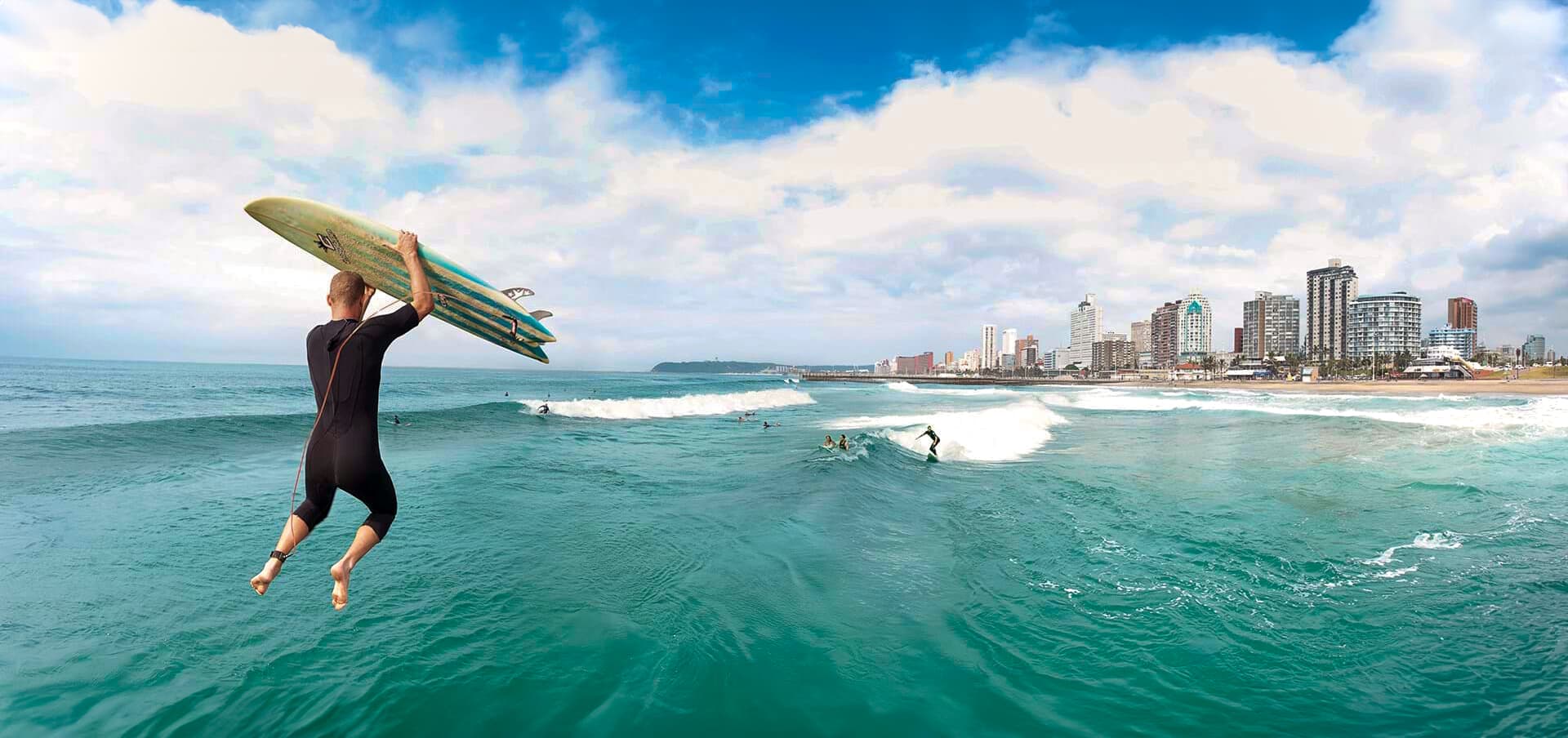So you’re headed down deep into the Southern Hemisphere to South Africa’s tri-ocean shores, but wondering where to find the country’s best waves? Here are the best beaches for surfing in South Africa, from the gentle peelers of Muizies near Cape Town to the big wave behemoths of Dungeons in Hout Bay.
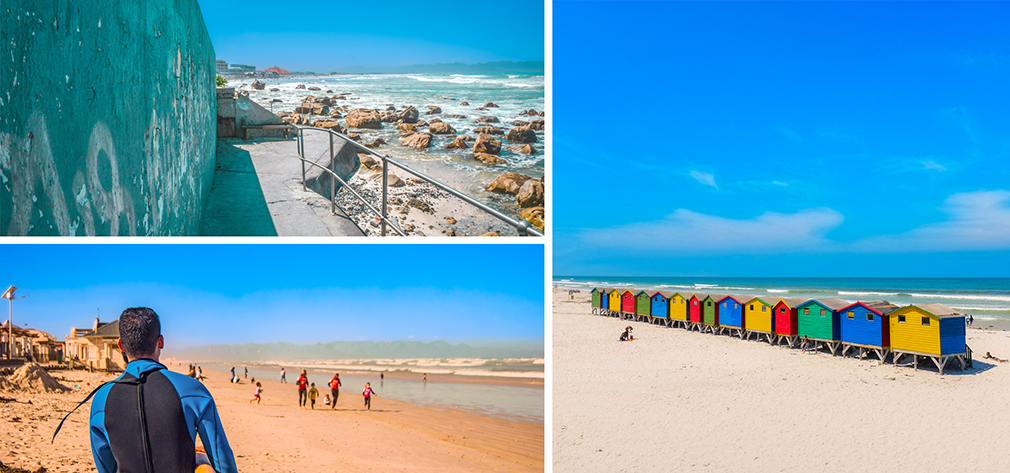
Muizenberg, Western Cape
On South Africa’s Western Cape, 30 minutes southeast of Cape Town, the always-buzzing and bohemian seaside town of Muizenberg (also known as Muizies) is one of South Africa’s original surf destinations. In fact, it still boasts one of the longest breaks in the Cape Peninsula. Summer dishes up warmer water and infinite slow peelers with forgiving drop-in angles that both beginners and longboarders love. But it’s the winter months (specifically May through August) when Muizies really comes alive, with strong and fast south-southwest swell blown into the bay by the cold fronts that regularly sweep across the Southern Ocean this time of year.
Best for: Beginners and longboarders
Best time to go: A year-round surf spot, but expect a longer period and more powerful swell in the winter (May to August) when the offshore northwester picks up and waves are greater than two feet
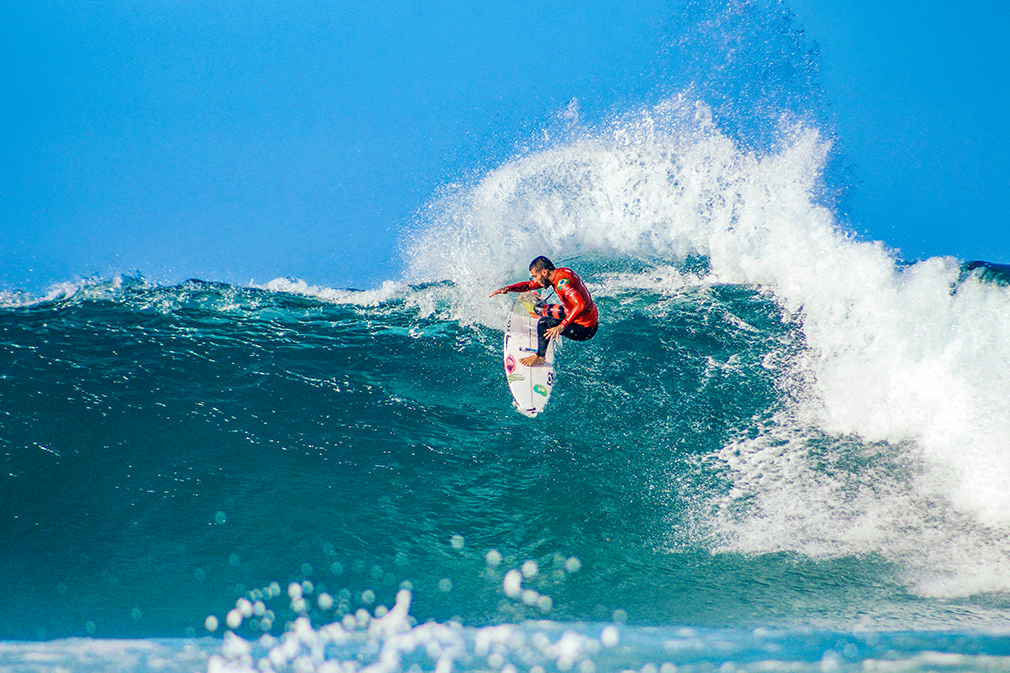
Jeffrey’s Bay, Eastern Cape
Over on the Sunshine Coast of the Eastern Cape, less than an hour’s drive west of Port Elizabeth, you’ll find Jeffrey’s Bay (also known as J-Bay). It offers some of the best surfing in South Africa— some might even say the world—especially if getting barrelled and surfing one of the world’s finest and longest right-hand point breaks is on your South Africa surfing wish list. During the winter months, ideally May through September, six- to ten-foot waves, often barrelling, form in near-perfect lines and intervals over the sand and reef seafloor. While Supertubes, Boneyards, and Impossibles are the breaks where the more experienced will be lining up at, beginners can still find some slow and walling lefts and rights over on Dolphin Beach and at Kitchen Windows nearby. Occasionally, there’s also some beginner-friendly swell at The Point when the waves are small.
Best for: Intermediate to advanced surfers
Best time to go: Winter (particularly May to September) when the swells more frequently come in from the southwest or south on a west-southwest wind, and summer during a big east swell
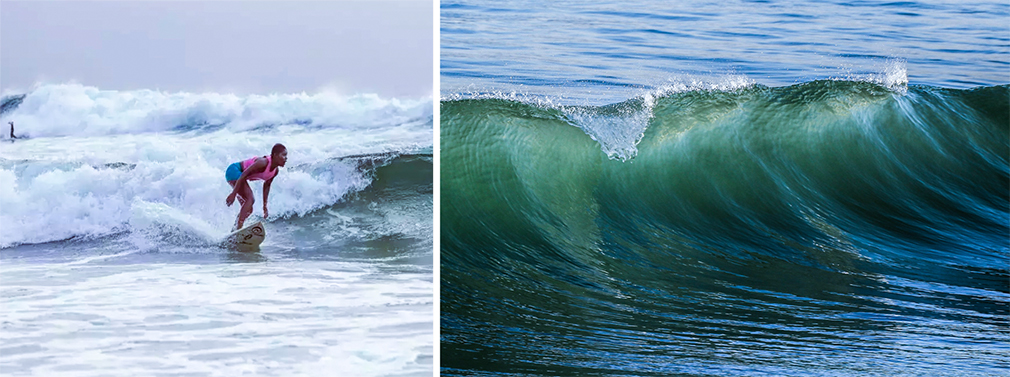
Durban, KwaZulu-Natal
While J-Bay is certainly a contender as South Africa’s surf mecca, Durban is arguably its strongest competition. Located on the sub-tropical East Coast in KwaZulu-Natal, this South African surf destination with many beach, reef, and point breaks is as attractive on a board as it is on land. The onshore atmosphere in this surf city is utterly electric, while its waves cater to every level of surfer, from beginner to world-class. Golden Mile, Addington Beach, and uShaka are known for their more mellow and rolling beginner-friendly waves, while New Pier and Cave Rock bring barrels on the regular under the right conditions.
Best for: All levels
Best time to go: A year-round surf spot, but it really kicks up in winter and autumn (March to September) on a south-southwest swell
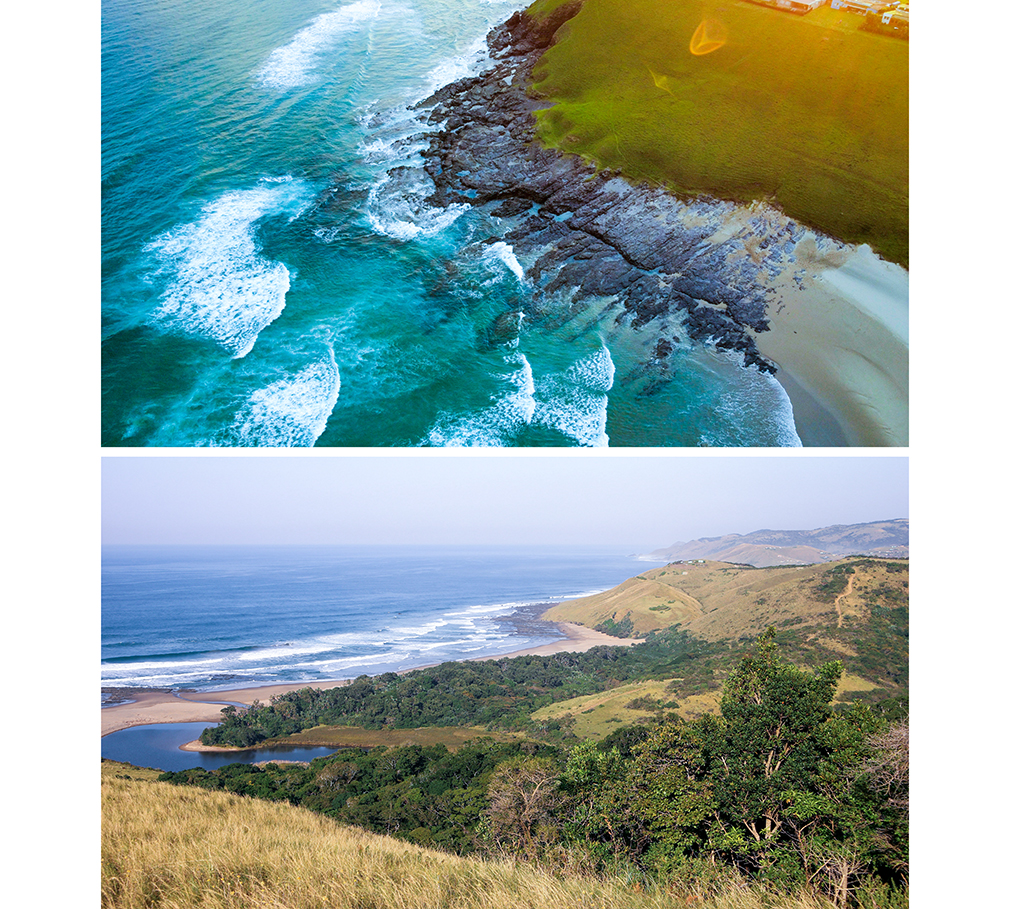
Coffee Bay, Wild Coast
Coffee Bay is situated on what’s known as South Africa’s Wild Coast in the heart of the Transkei. It’s an under-the-radar spot known for its serene and ruggedly beautiful landscapes, laidback post-surf atmosphere, and powerful, hollow waves. The spot is increasingly drawing surfers and backpackers alike to its rural and remote shores, thanks to the year-round point and beach breaks that form smooth right- and left-breaking waves, some of which are gentle enough for beginners to surf their first green. When you’re not surfing, dig into the area’s rich Xhosa culture and traditions in the nearby hills and high cliffs, or enjoy the golden sands at Mdumbi Beach, one of South Africa’s best beaches. Pro tip: Don’t miss a meal at Zac’s Seafood Kitchen, an iconic spot in Coffee Bay to grab a bite.
Best for: Intermediate to advanced surfers
Best time to go: Winter (specifically June to September) when the swell is even more consistent and the waves are at their most powerful

Eland’s Bay, Western Cape
Eland’s Bay, also known as E-bay, is a small-town surf paradise for the goofy-footed and nearly year-round, too. It can be extremely tidal, meaning it’s worth spending a bit more time watching the waves and timing your entrance just right. The icy swells and onshore wind of winter can make for some messy waves, but a good southeasterly wind in the summertime with swells from the southwest can produce a peeling left that promises the dreamiest of long rides at all tides—sometimes as long as 500 feet. Dishing up some of the best surfing in South Africa, the world-class waves at Eland’s Bay are consistently hollow, fast, and powerful, making it the perfect (albeit freezing) playground for intermediate and advanced surfers looking to practice their speed runs, carving, and lip turns. It’s not so much a beginners’ spot, though there may be a noob-friendly wave or two at the end of the point when the swell is two to three feet or smaller.
Best for: Intermediate to advanced surfers
Best time to go: Early and end of summer when winds from the south and southeast begin to blow offshore and generate some nice lefts
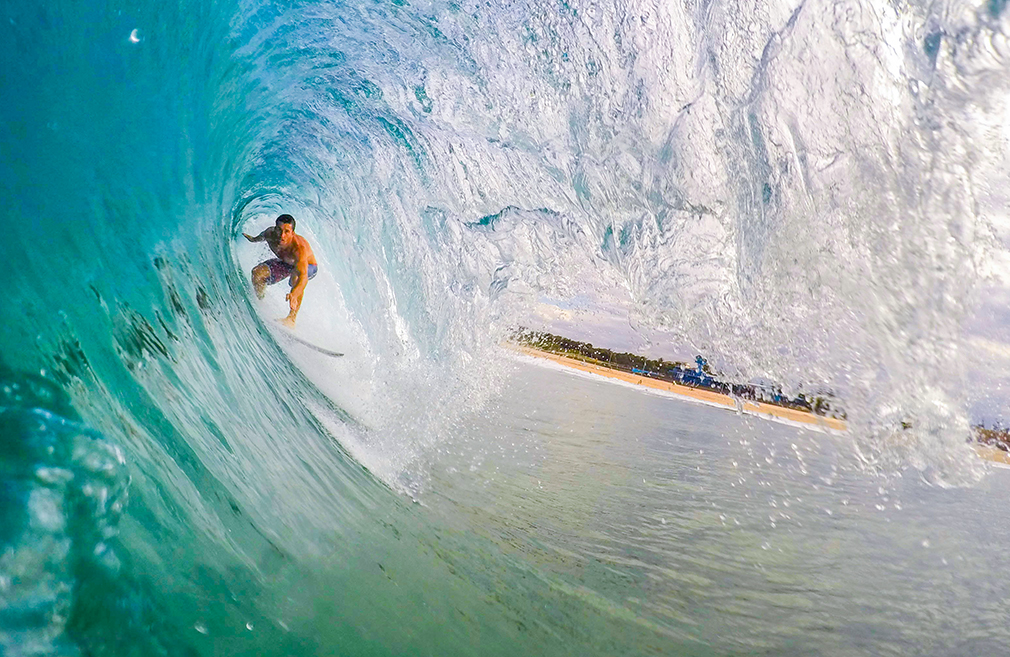
Victoria Bay, Western Cape
Located just 15 minutes from George along South Africa’s famous Garden Route, Victoria Bay works most of the year due to its narrow and steep-sided bay formation. While this South African surf spot can be suitable for all surf levels, its rock-bottomed, right-hand point break is jealously guarded by locals when working well. But don’t let that stop you from joining the lineup for a fun, high-performance ride. Beginners should stick to the bottom of the point, while the advanced can head for the top of the point. For lodging, check out Surfari Lodge, a family-run boutique backpacker’s hostel.
Best for: Intermediate to advanced surfers
Best time to go: Winter, particularly in June, on a north-northwest wind
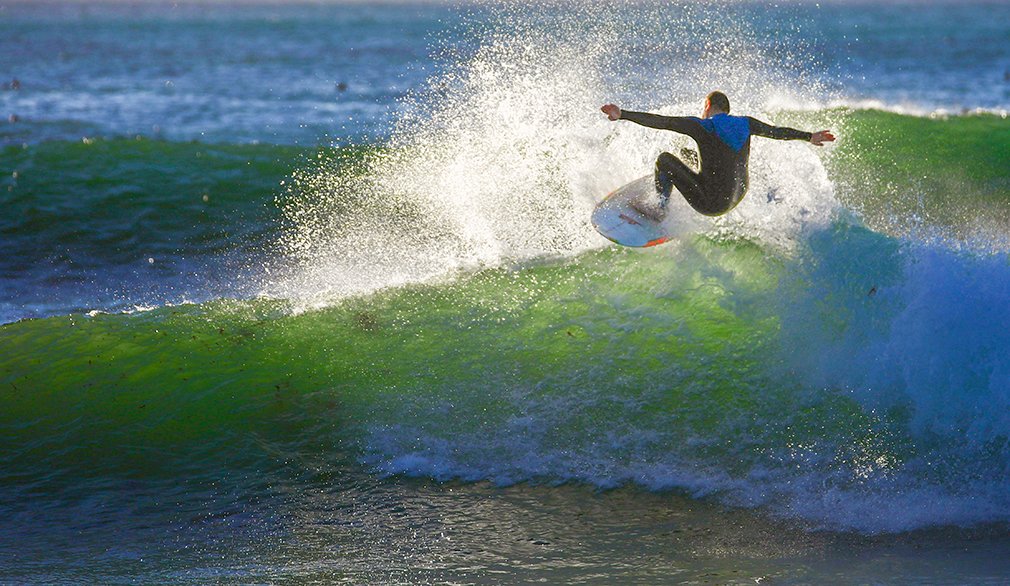
Kommetjie, Western Cape
Located on the icy Atlantic side of the southern Cape Peninsula between Cape Town and Cape Point, Kommetjie offers some of the best and most consistent shore breaks in the Cape, if not the entire country—and it has the crowds to prove it. The strong westerly winds of the Roaring Forties (what sailors call the latitudes between 40 and 50 degrees south of the equator) make first landfall at Kommetjie, stirring up a nice selection of rights and lefts of all sizes year-round, though summer is the time of year to target. Plus, if Kommetjie’s not working, you also have Noordhoek and Long Beach nearby that might be. Big wave riders can head over to Sunset Reef, which offers a less gnarly, big wave alternative to Dungeons in Hout Bay.
Best for: Intermediate to advanced surfers
Best time to go: Summer when a southeaster is blowing and there’s small to medium swell
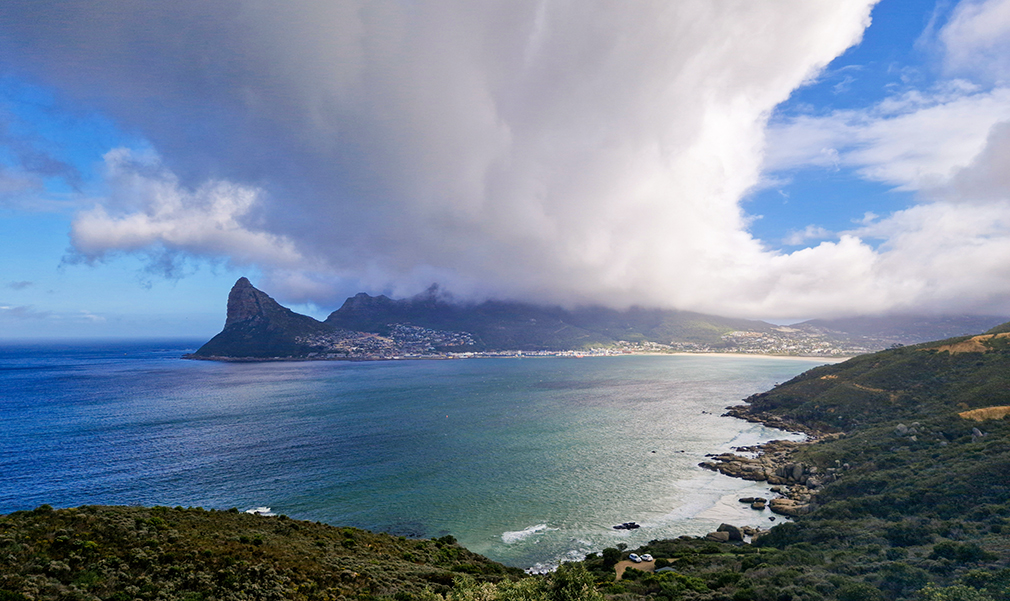
Dungeons, Western Cape
Located in Hout Bay on the Western Cape and made famous by Red Bull Big Wave Africa, Dungeons is a monstrous right-breaking and kelpy wall of water for daredevils only. Classed as one of the world’s big wave venues, its swell can climb as high as 60 feet in the air and breaks on shallow reef. It’s accessible only by tow-in and is considered to be one of the sharkiest South African surf spots on this list. It works best in light winds and a 20-foot west swell at low tide. Anything bigger than 20 feet and the tide’s a moot point.
Best for: Advanced big wave surfers
Best time to go: April to September with a west-southwest swell of 18 feet or more and a light northwest or northeast wind




